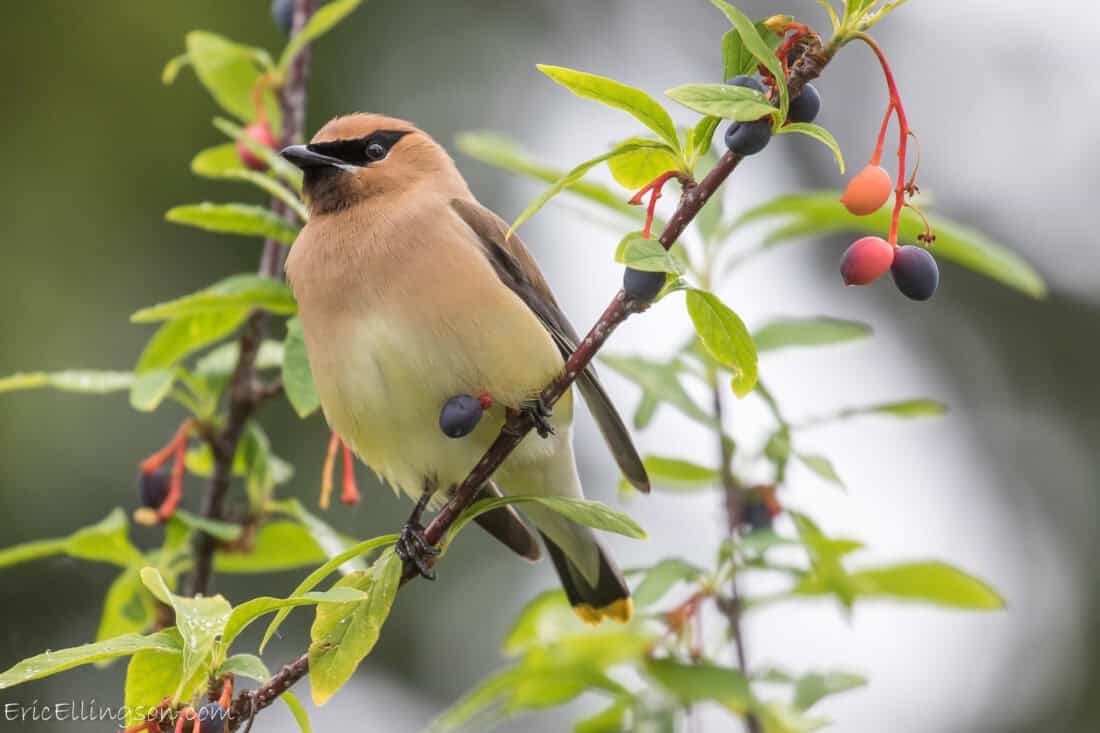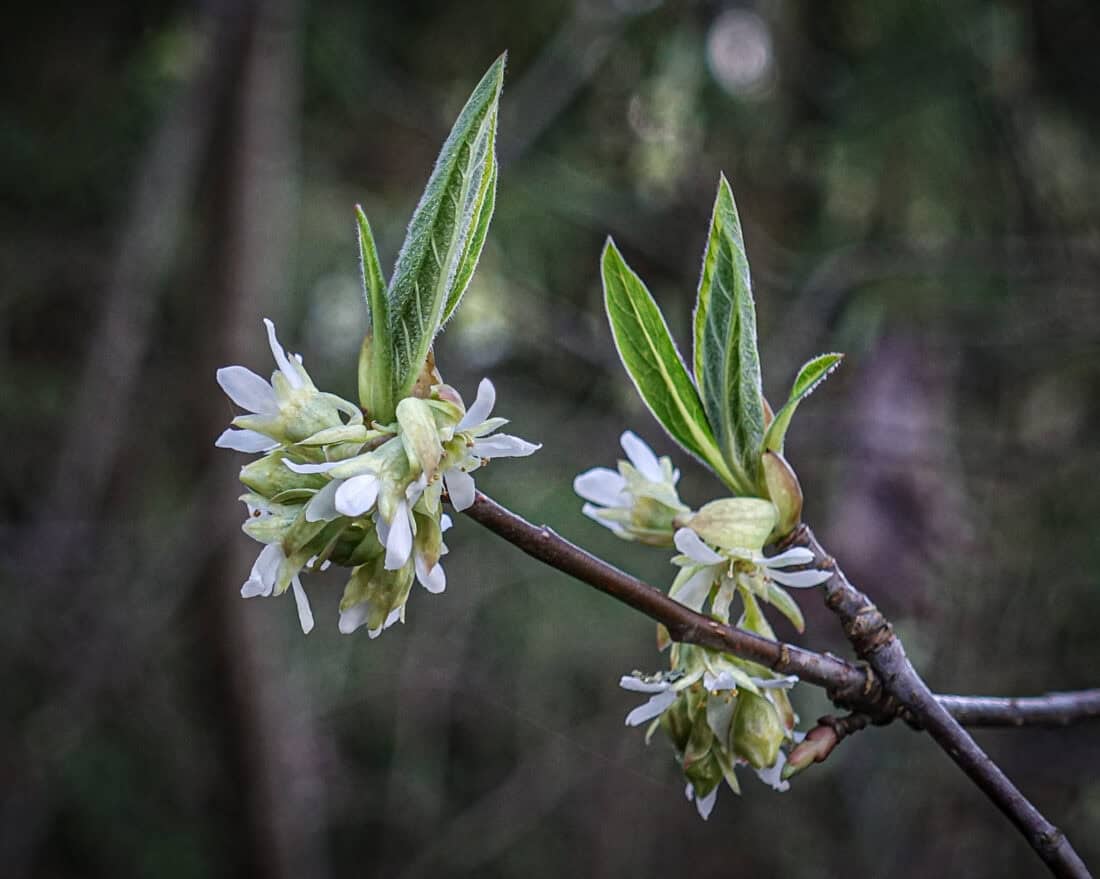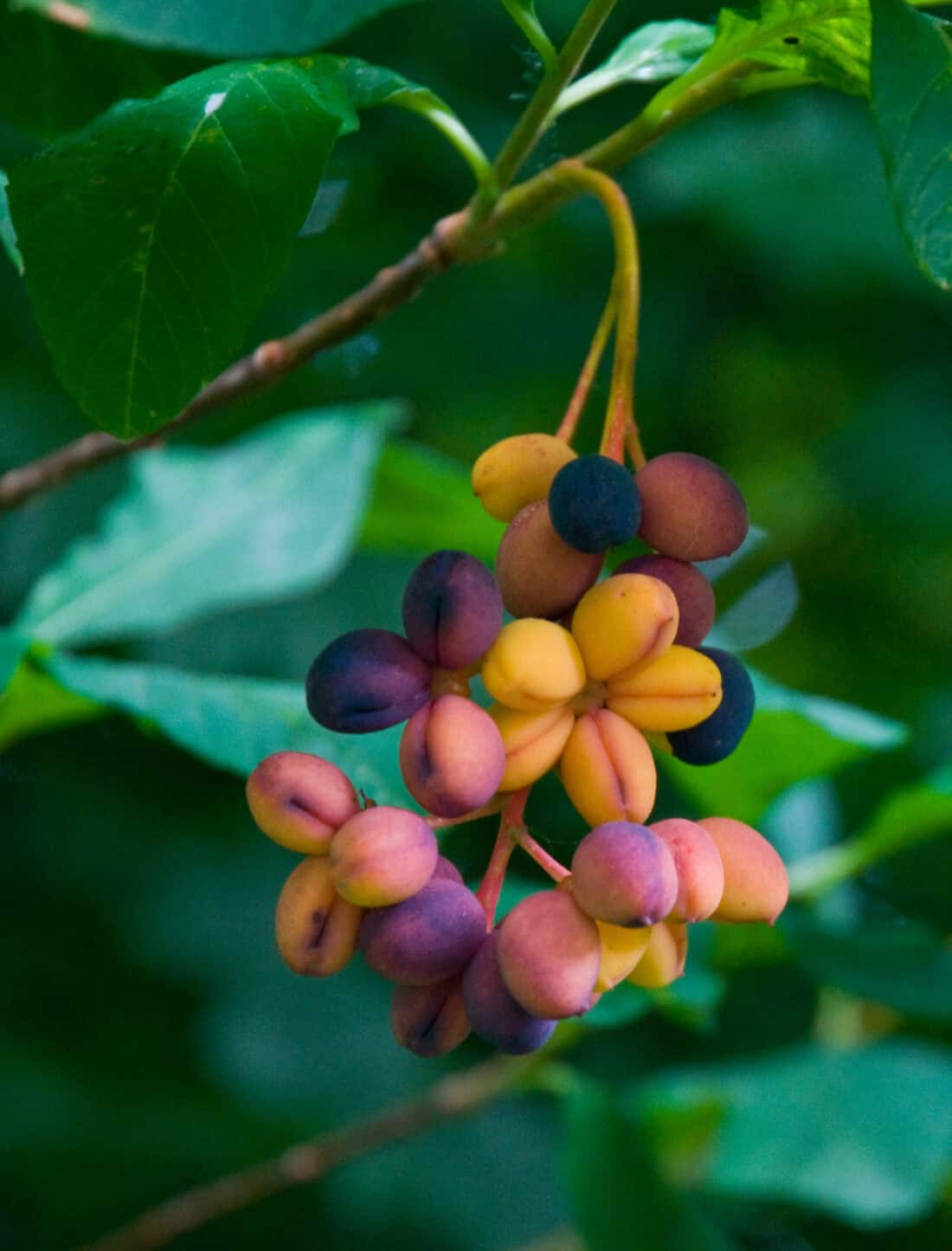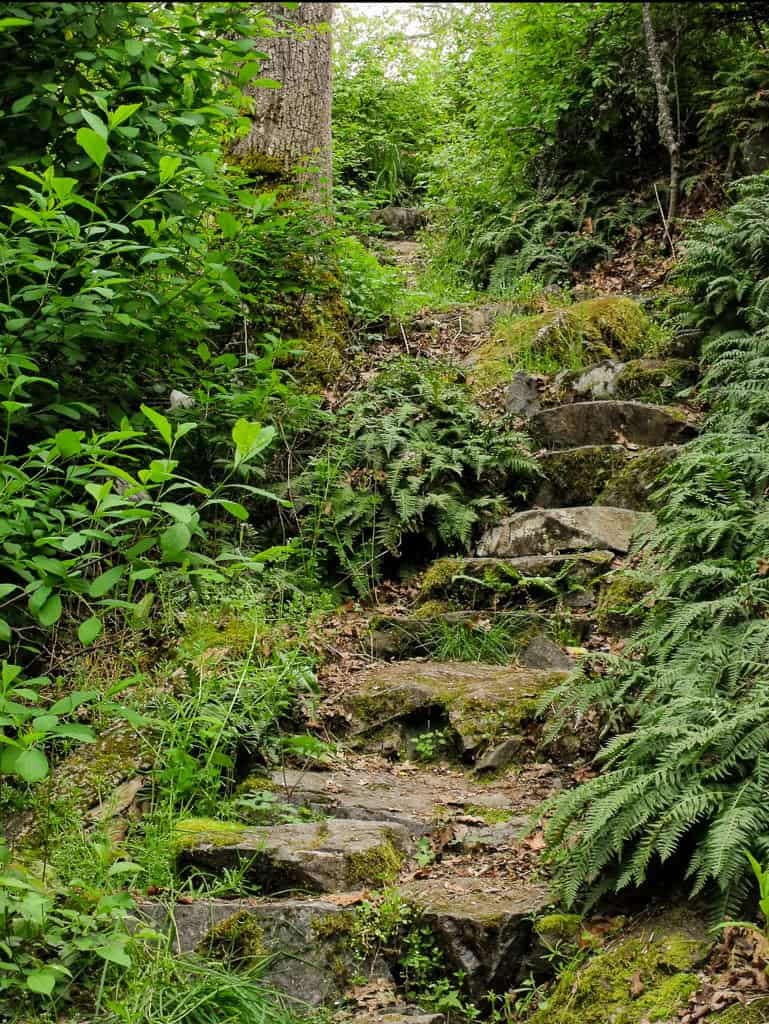In the Pacific Northwest and British Columbia, Oemleria cerasiformis is a well-known native plant. Also called Osoberry or Oregon Plum, Landscape Designer Christian Bernard in Vancouver suggested that I feature it here. Christian has a great blog worth visiting, and he also has a design practice in the region.
If you have a suggestion for a favorite native plant that you want to share, please send me your suggestions so I can feature you and them.

About Oemleria cerasiformis
Commonly known as Indian Plum, Osoberry, Oregon Plum, or (my favorite) Skunk Bush, Christian writes:
For me this plant signals the much welcomed changing of the season, that winter is leaving us behind and spring is near. When its fresh green leaves open on all but bare branches, the Indian Plum reveals its flowers, clean and delicate. It is a very elegant appearing shrub in both branch structure and flower…When you crush the leaves a cucumber or watermelon rind scent is released.
Christian Barnard

Indian Plum (Osoberry) Uses in the Landscape:

Often the first deciduous native shrub to flower in late winter, the Indian plum is an important early-season nectar source for hummingbirds, moths and butterflies, native bees, and other pollinator species.
Indian plum is popular for Pacific Northwest restoration projects due to its ease of propagation, rapid growth, and wide tolerances for various shade and moisture regimes.
The fibrous roots of this native shrub resist erosion. This means that they can be a great soil-holding resource for sites that are on a hillside or that have steep grades. Clones that root more readily can be employed in restoration projects as live stakes or as rooted cuttings.
For more information, you can check out the USDA Fact Sheet.
Thanks, Christian!

+comments+